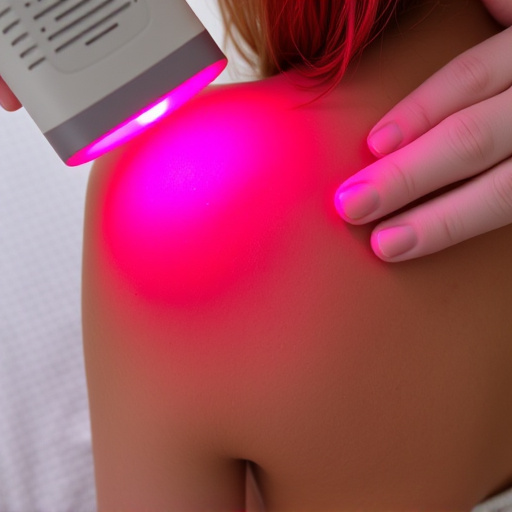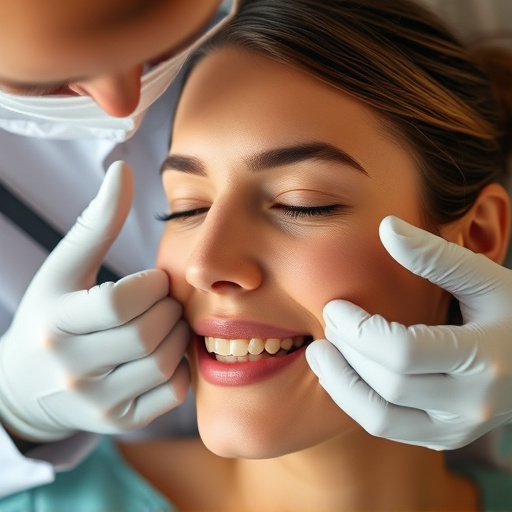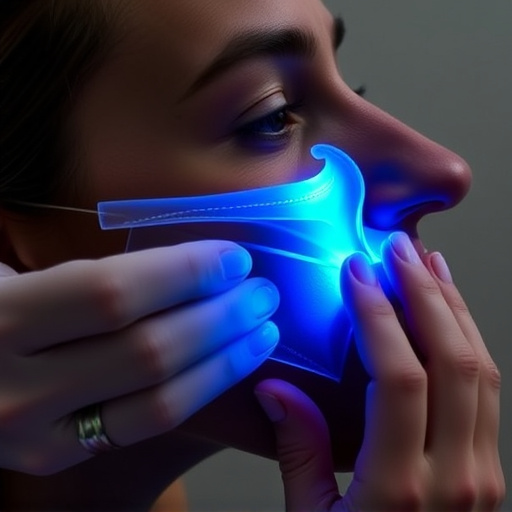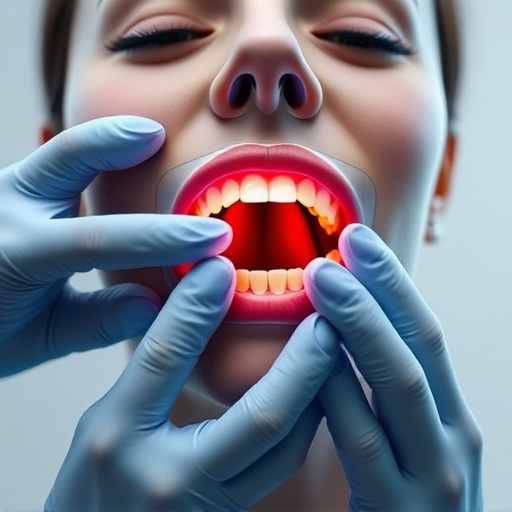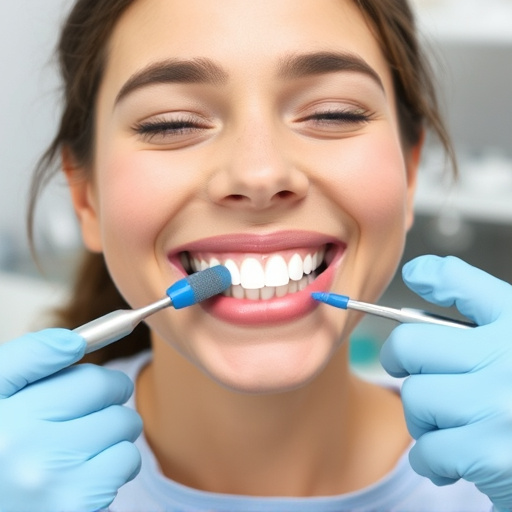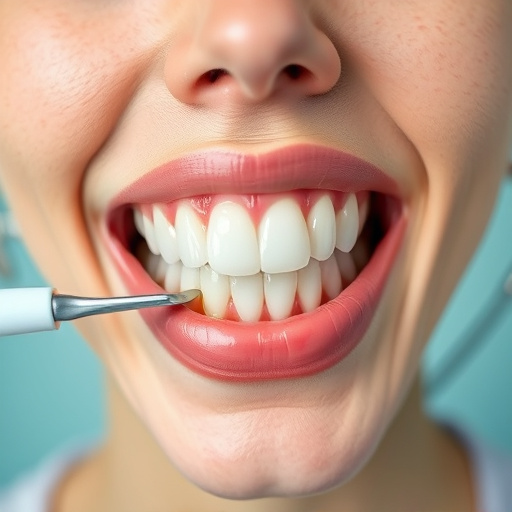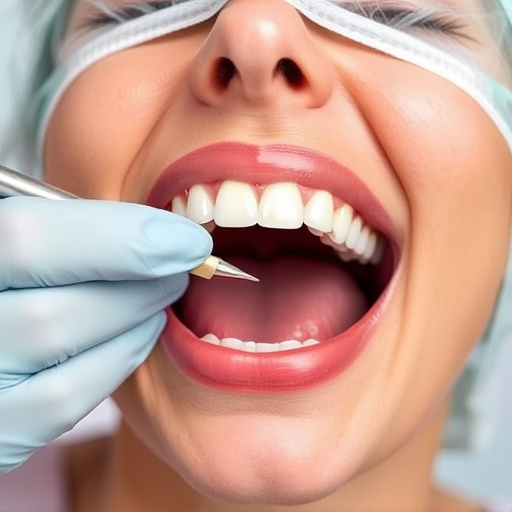Bad breath (halitosis) requires addressing underlying issues like poor oral hygiene, dental problems, and dietary factors. Effective bad breath treatment involves regular oral hygiene, managing dietary contributors, treating dry mouth, and correcting dental issues through cleanings, fillings, or extractions by a dental professional. Maintaining fresh breath demands lifelong commitment to oral hygiene practices and dietary adjustments.
Tired of masking bad breath with mints or gum? It’s time to stop temporary fixes and start addressing the root cause. This article delves into understanding the causes of persistent halitosis, providing a comprehensive guide for effective diagnosis and long-term breath refreshment strategies. From identifying oral health issues to exploring lifestyle changes, learn how to reclaim fresh breath naturally. Discover proven techniques to treat bad breath once and for all.
- Understanding the Causes of Bad Breath
- Diagnosing and Identifying the Underlying Issues
- Effective Strategies for Long-Term Breath Refreshment
Understanding the Causes of Bad Breath
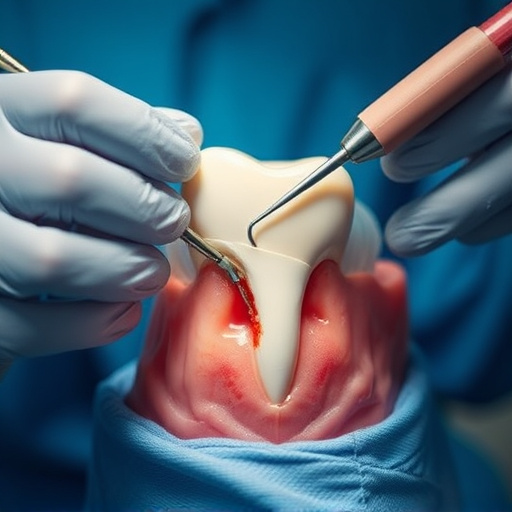
Bad breath, or halitosis, is more than just an embarrassing issue; it could be a symptom of various underlying problems. Understanding the causes is the first step towards effective bad breath treatment. The most common culprits include oral hygiene habits, such as neglecting to brush and floss regularly, which allows plaque to build up on teeth and gums. Certain foods, like garlic, onions, and spices, can also leave a lingering odor. Dry mouth, often caused by medications or breathing through the mouth, contributes to bad breath as well.
Additionally, dental issues like tooth decay, infections, and even old dental fillings may cause persistent halitosis. If left untreated, these problems can lead to more serious oral health concerns. Cosmetic and restorative dentistry procedures can address both aesthetic and functional issues related to bad breath, including teeth cleaning, fillings, or other treatments tailored to specific dental problems.
Diagnosing and Identifying the Underlying Issues
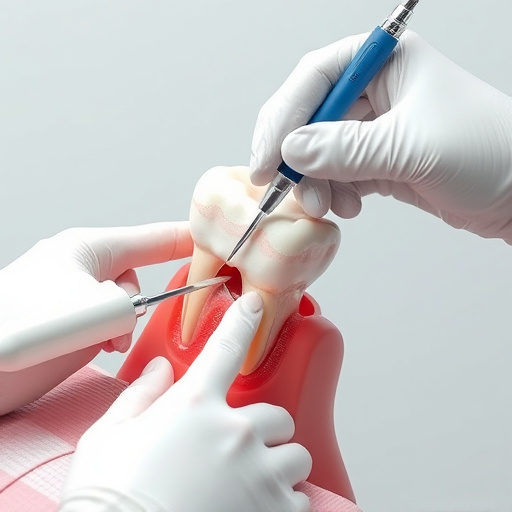
Bad breath, or halitosis, is often a symptom of an underlying issue that requires proper attention and treatment. Diagnosing the root cause involves a meticulous process of identification. One common yet overlooked aspect is dental hygiene practices. Many individuals mask bad breath with mints or mouthwashes without addressing the primary source. Proper oral care includes regular brushing, flossing, and dental cleanings to remove plaque buildup, which can cause gum disease and contribute to persistent bad breath.
If bad breath persists despite consistent oral hygiene routines, it might be time to seek emergency dental care. Dental professionals can perform thorough examinations to identify potential issues such as tooth decay, periodontal diseases, or even more serious conditions like oral infections. Tooth repair procedures, when necessary, play a crucial role in eliminating bad breath by treating the underlying dental problems, ensuring fresh and healthy breath for the long term.
Effective Strategies for Long-Term Breath Refreshment
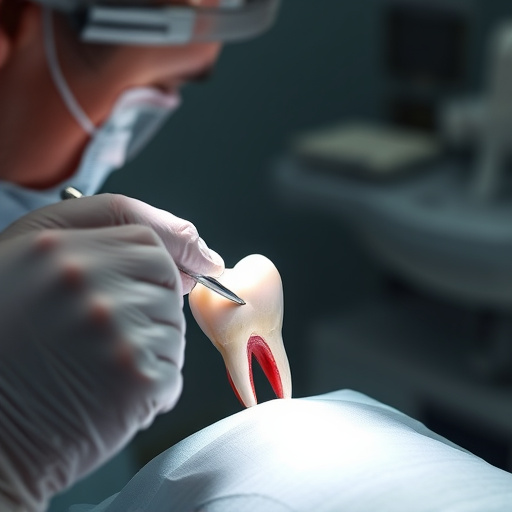
Breath refreshment should be a lifelong practice, not just a temporary fix. To achieve long-term breath health, it’s essential to go beyond simply masking odors with mints or mouthwashes. A holistic approach combining proper oral hygiene, dietary adjustments, and regular dental checkups is key. Start by brushing your teeth twice daily for two minutes each time using fluoride toothpaste approved by the American Dental Association (ADA). Floss once daily to remove plaque buildup between teeth where brushes can’t reach. Incorporate tongue scraping into your routine to eliminate bacteria that cause bad breath from the surface of your tongue.
For persistent issues, consult a dental professional. They can address underlying problems such as tooth decay or gum disease that contribute to bad breath through procedures like emergency dental care or even cosmetic dentistry for more severe cases. Don’t underestimate the impact of diet: certain foods and beverages like garlic, onions, caffeine, and alcohol are known culprits. Reducing or eliminating them from your diet can significantly improve your breath freshness. Regular dental checkups allow for early detection of any oral health issues, ensuring prompt treatment through procedures like tooth extractions if necessary.
Bad breath is a common concern, but it’s time to stop treating the symptoms and start addressing the root causes. By understanding the underlying issues through effective diagnosis, you can implement long-term strategies for breath refreshment. Incorporating these practices into your routine will not only alleviate persistent bad breath but also contribute to improved oral health and confidence. Remember, proper treatment starts with recognizing and targeting the specific causes, ensuring a fresher and healthier you.




